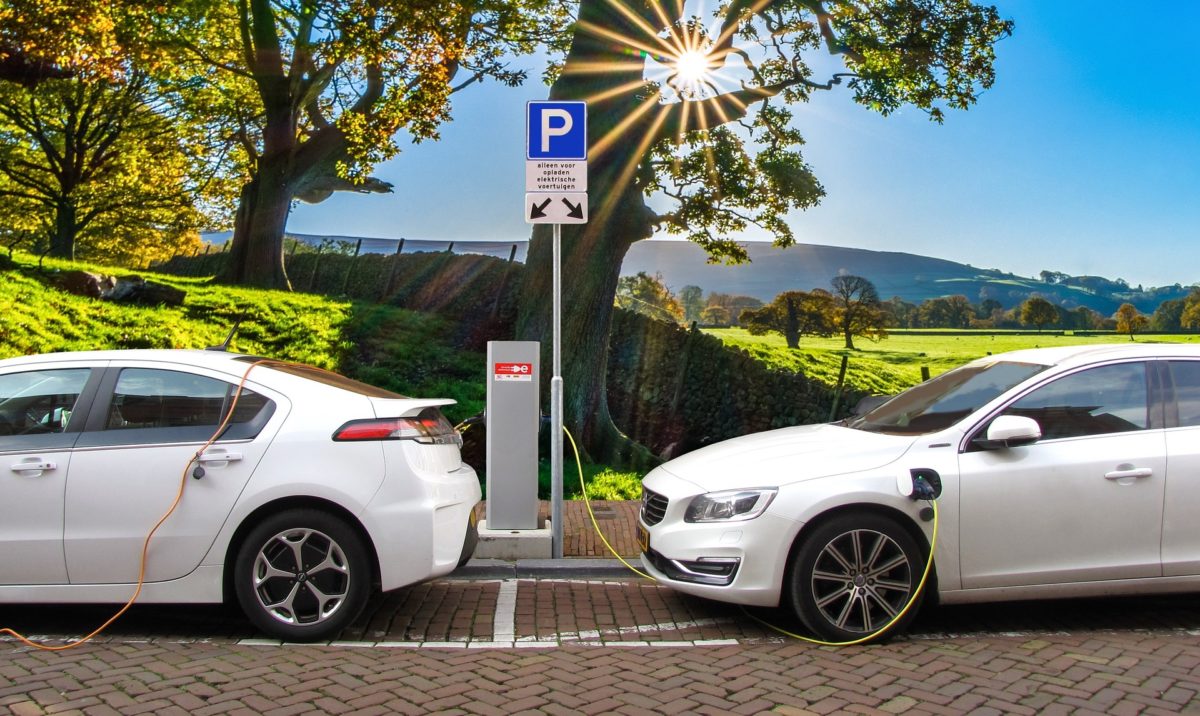According to electric vehicle database company EV volumes, the European market has become the second – a year after China – to surpass the one million EV registration milestone.
Reporting EV sales in the first half of 2018, the company noted growth in all European countries. Leading the pack, as always, was Norway, with 36,500 new registrations. The Scandinavian nation has been an early adopter of electric vehicles, with EV volumes citing the country's tax incentives and the cheap availability of 99% hydropower, as reasons for the wide take-up.
But in addition to Norway's Scandinavian neighbors making big strides, the analysts also found significant growth in the German market.
Within Europe, Germany is the biggest market in terms of potential buyers, and by the end of the year analysts expect total registrations in Germany to surpass those in Norway, with 88,500.
Sales numbers are soaring across Europe, however. Compared to sales in the first half of 2017, the plug-in hybrid EV (PHEV) market in Denmark, for example, rose 1,276%, and the market for battery electric vehicles (BEV) rose 134% in the same period. Only a few markets experienced minor setbacks, with Iceland, for example, noticing a 14% decrease.
The total European market grew 42% compared to the first half of 2017 with analysts noting a relative shortage of units is a restraint. On average there was only four days' worth of supply in stock, with an average order backlog of two months as a result.
Rising ownership can benefit grids
PHEV sales made up the majority of the market but the report concluded future incentive schemes will benefit BEVs over PHEVs, resulting in an anticipated uptake of BEV sales. EV volumes gives the example of a scheme in Sweden that changed on July 1 to shift the market towards BEVs, resulting in an uptick of 10%.
Recent developments in EV sales also had implications in the use of vehicle batteries to stabilize grids. Earlier this year, pv magazine interviewed Thomas Raffeiner, founder and CEO of The Mobility House. Mr. Raffeiner believes EVs will play a decisive role in future grid operations. His company uses a system that allows EVs to charge flexibly and provide grid services. He gave the example of an EV owner driving to work and leaving the EV to charge at any point before the business day is over, meaning vehicles could be charged during midday sun periods, absorbing excess power generated by solar PV.
A separate report published this month highlighted the business case for second-life EV batteries in storage systems. It was reported the market could grow to be worth $4.2 billion by 2025 and offer lucrative profit margins for those who install such systems.
In a conference call this afternoon, Raj Iyer – HVDC and Facts Leader for GE Power Grid Solutions – told pv magazine: “We're definitely looking at all possibilities, including second-life EV batteries, to be part of the future grid.”
EV manufacturers are also interested in benefiting from additional revenue streams for batteries they are required to recycle or dispose of once they have reached their end of life. Postponing that point by five or more years through second-hand battery use in storage application generates additional value for EV manufacturers, while at the same time providing frequency control to the grid or being used as residential storage systems.
Nissan, Hyundai, and Wärtsilä are among the companies that have recently announced projects to utilize EV batteries to these ends.
This article was updated at 1540 on 08/27/18 to include Ray Iyer's comment.
This content is protected by copyright and may not be reused. If you want to cooperate with us and would like to reuse some of our content, please contact: editors@pv-magazine.com.




By submitting this form you agree to pv magazine using your data for the purposes of publishing your comment.
Your personal data will only be disclosed or otherwise transmitted to third parties for the purposes of spam filtering or if this is necessary for technical maintenance of the website. Any other transfer to third parties will not take place unless this is justified on the basis of applicable data protection regulations or if pv magazine is legally obliged to do so.
You may revoke this consent at any time with effect for the future, in which case your personal data will be deleted immediately. Otherwise, your data will be deleted if pv magazine has processed your request or the purpose of data storage is fulfilled.
Further information on data privacy can be found in our Data Protection Policy.